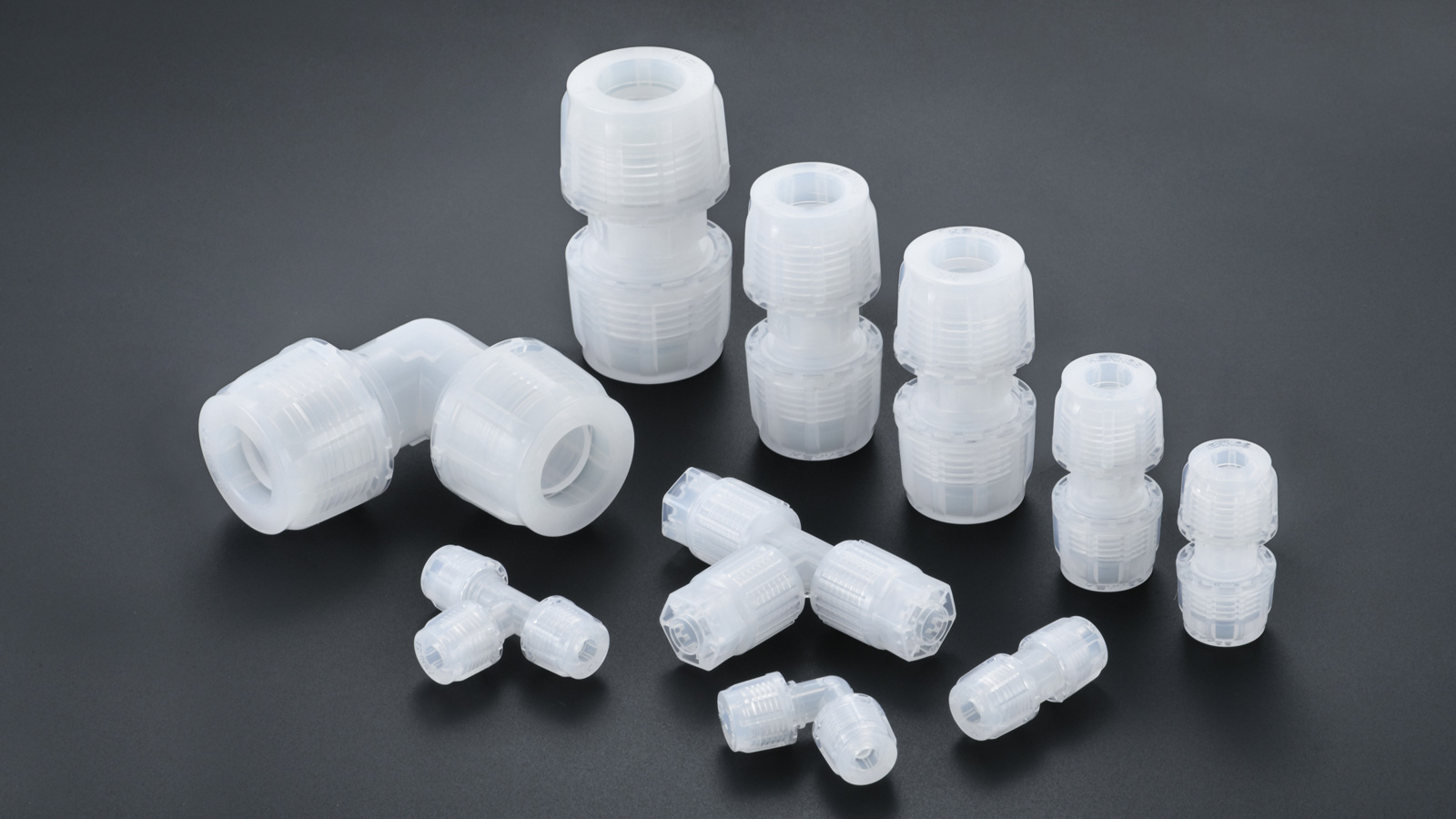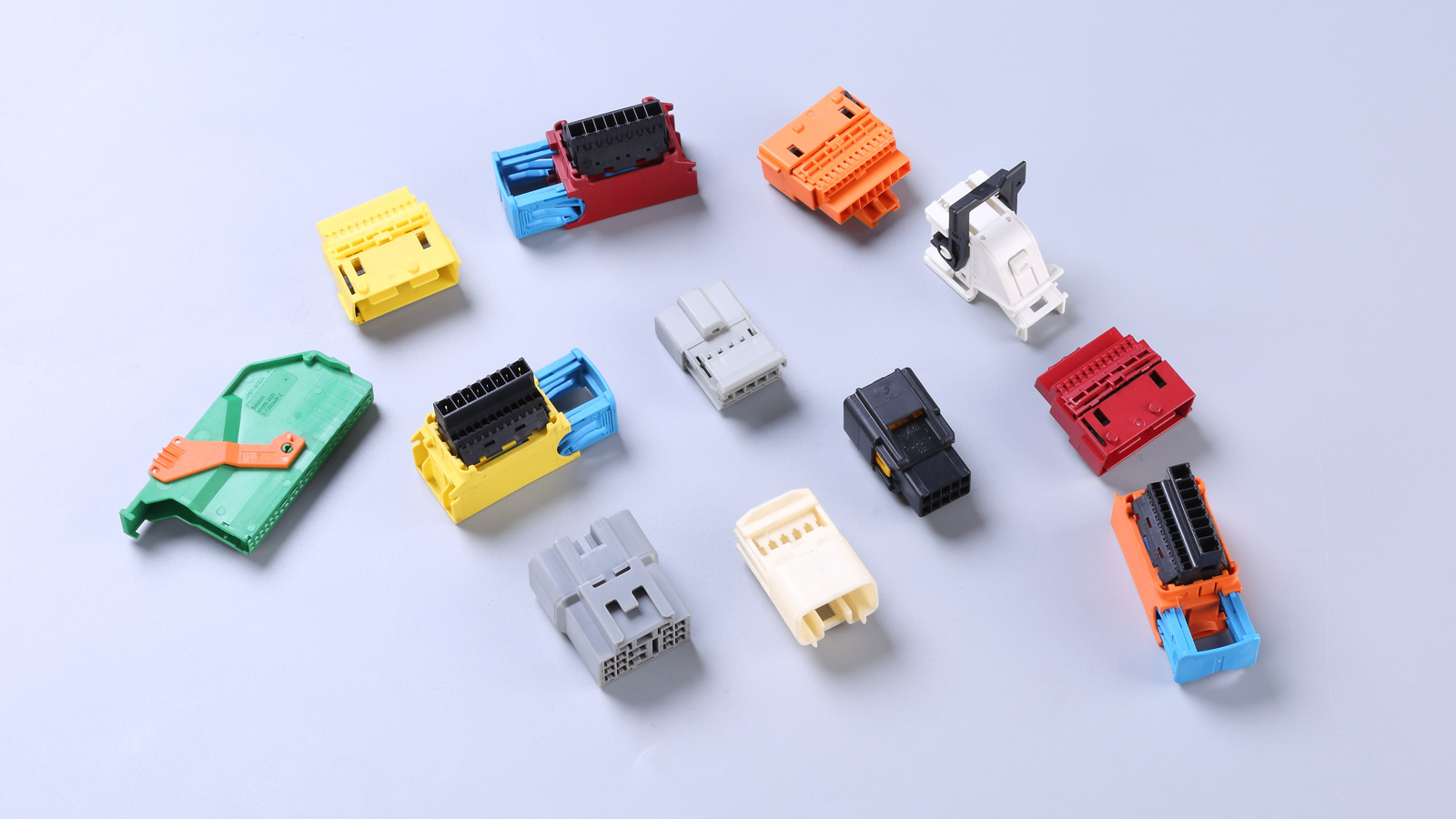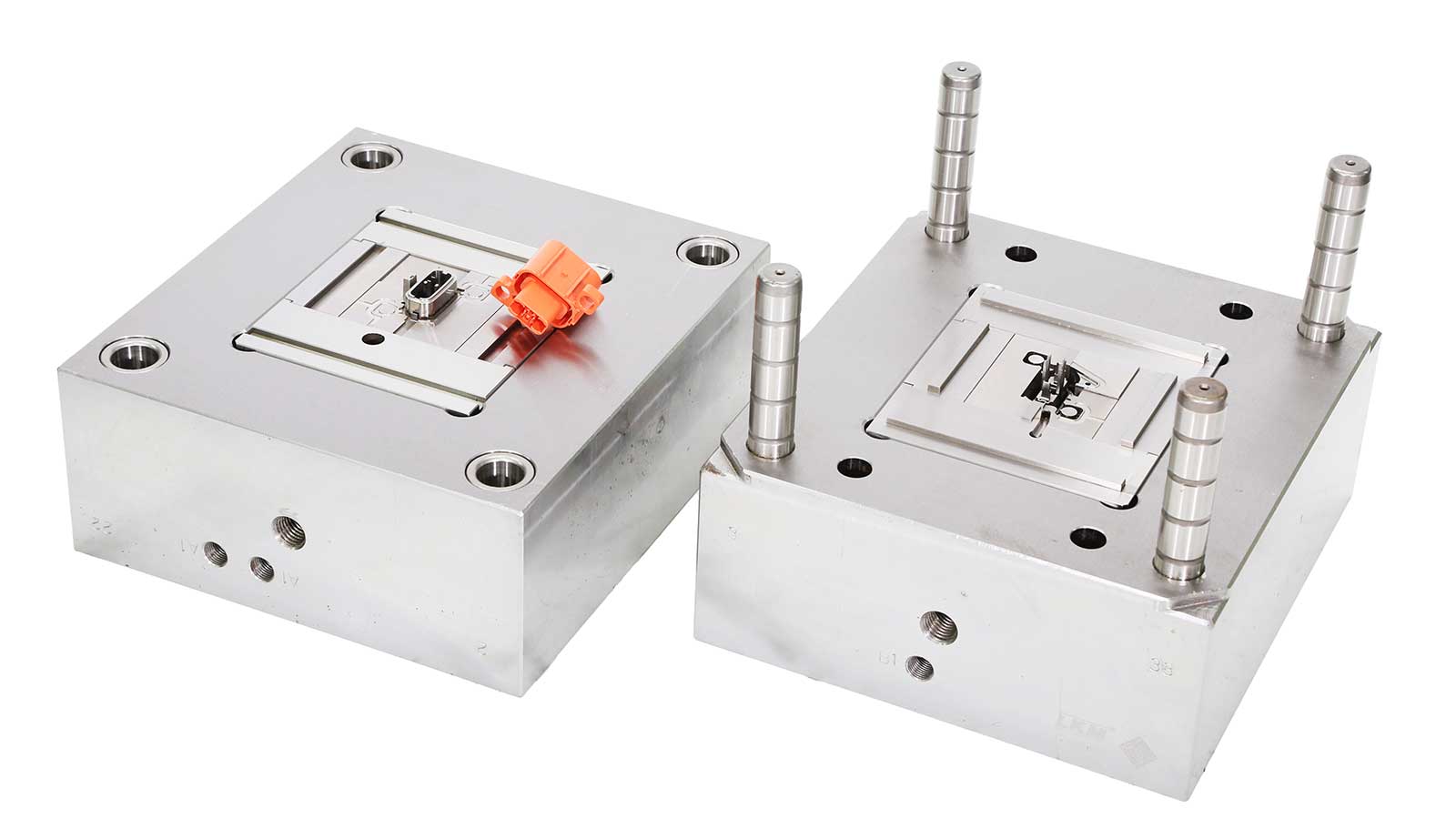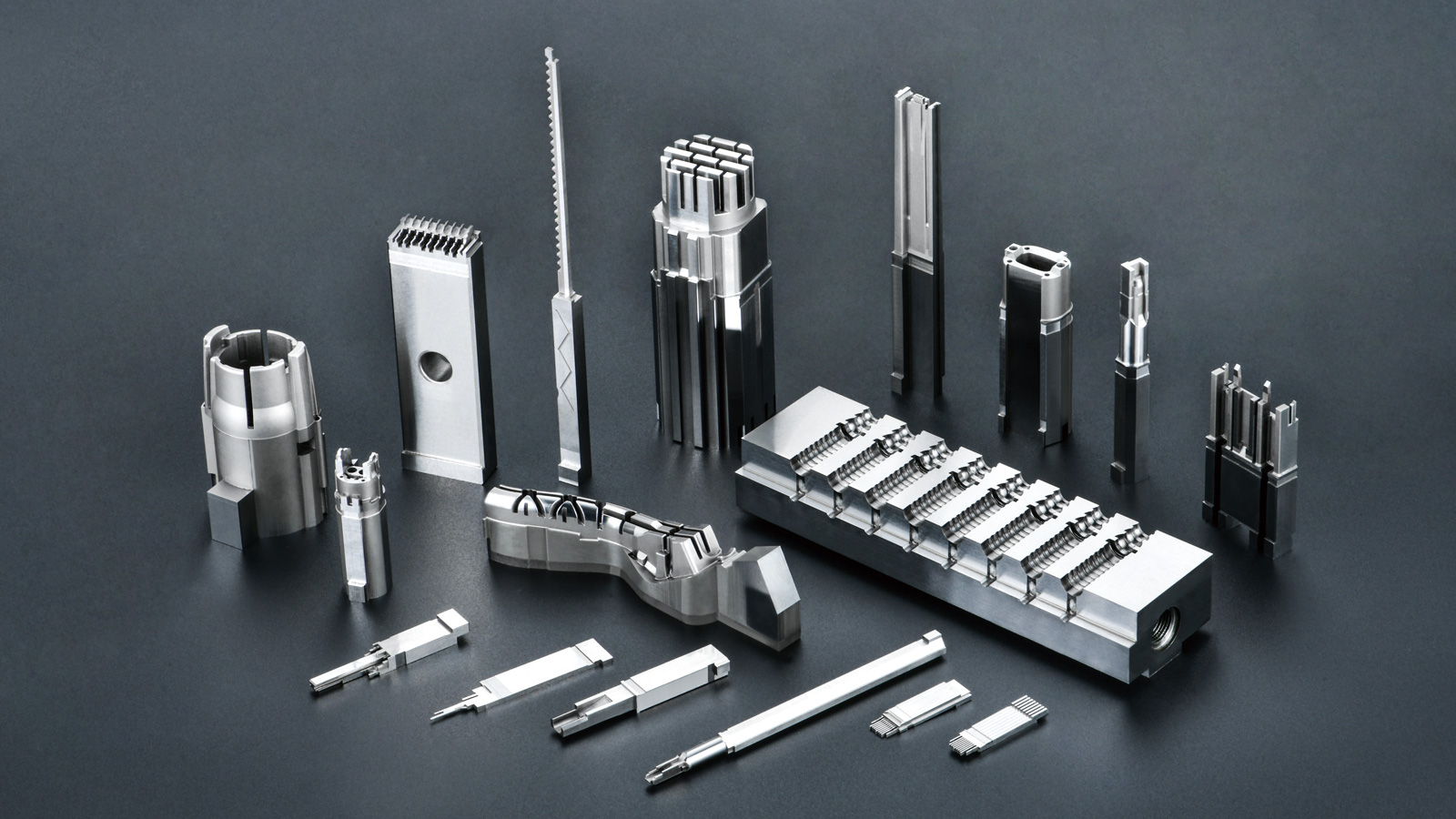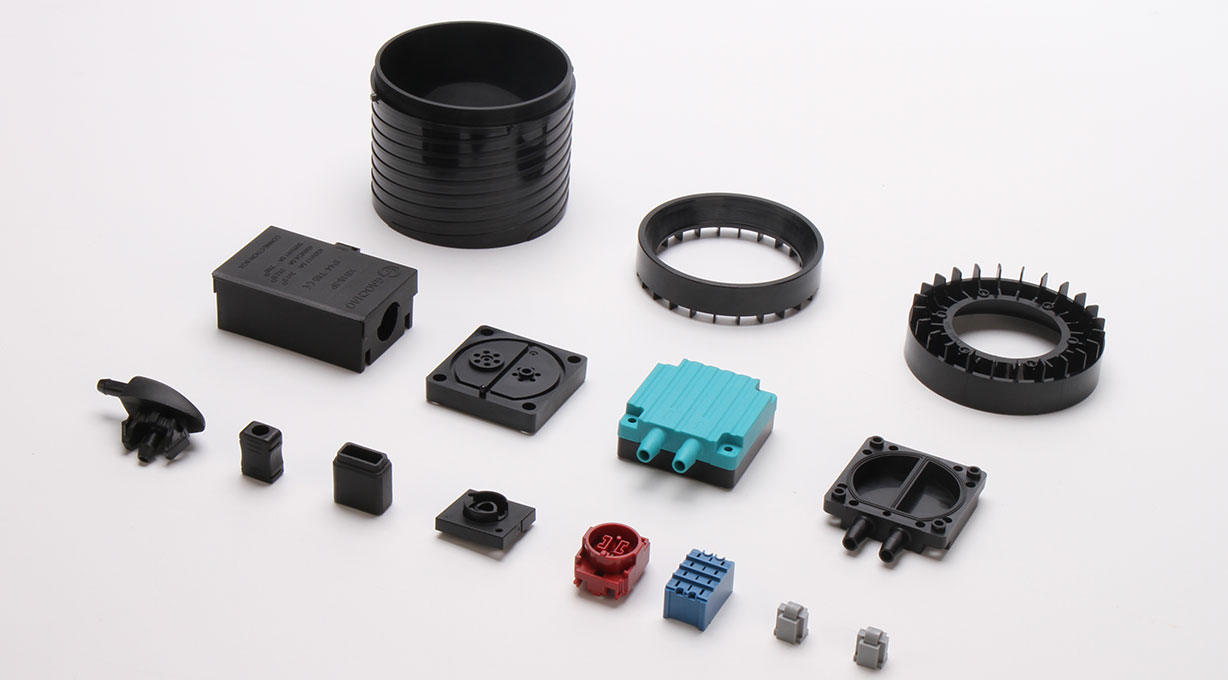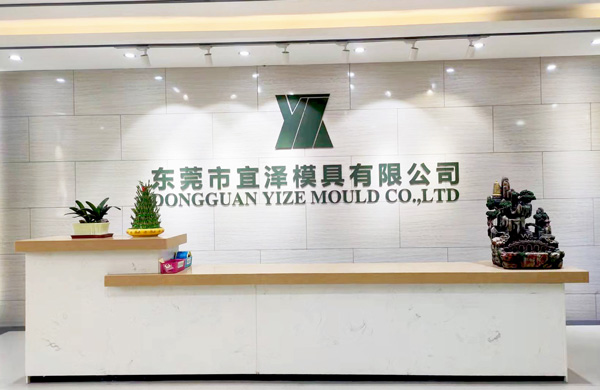In the manufacturing process of injection molds, the selection of die materials is a crucial step. The properties of die materials encompass mechanical properties, high-temperature performance, surface properties, processability, and economic performance, among others. Different die working conditions have varying requirements for material properties. So, how should we choose the appropriate materials for injection molds?
Firstly, we need to clarify the specific material property requirements for different types of dies. For cold-working dies, they need to have high hardness and strength, as well as good wear resistance. They should also possess high compressive strength and excellent toughness and fatigue resistance to ensure stable and durable performance during cold processing. For hot-working dies, in addition to the basic properties required at room temperature, special attention should be paid to their corrosion resistance, tempering stability, high-temperature oxidation resistance, and thermal fatigue resistance. Furthermore, hot-working dies should have a small coefficient of thermal expansion and good thermal conductivity. The die cavity surface should maintain sufficient hardness, and it must be both tough and wear-resistant to withstand the harsh challenges of high-temperature environments.
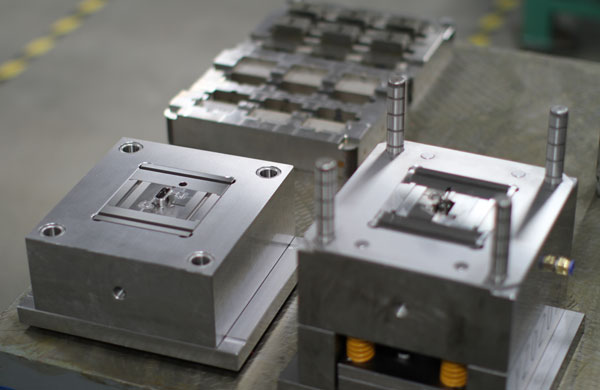
After clarifying the basic performance requirements of die materials, we can propose the following specific points for selecting materials for injection molds:
-
Meet the performance requirements of injection molds: The materials must have sufficient strength, hardness, plasticity, and toughness to meet the various conditions, failure modes, service life requirements, and reliability of the die during operation. This is the foundation for ensuring stable and efficient operation of the injection molding die.
-
Have good processability: The selected materials should adapt to different manufacturing processes and have good processability. This means that the materials should be easy to cut, form, and heat treat, reducing manufacturing costs and improving production efficiency.
-
Consider market resources and actual supply situation: When selecting materials for injection molds, it is also necessary to fully consider market resources and the actual supply situation. Choosing materials that are easily obtainable on the market, reasonably priced, and have stable supply helps to reduce procurement costs and ensure smooth production.
In summary, the selection of materials for injection molds is a process that considers multiple factors comprehensively. Only by fully understanding the working conditions, failure modes, and performance requirements of the die, and combining market resources and the actual supply situation, can the most suitable mold materials be selected, providing a solid guarantee for the manufacture and use of injection molds.

